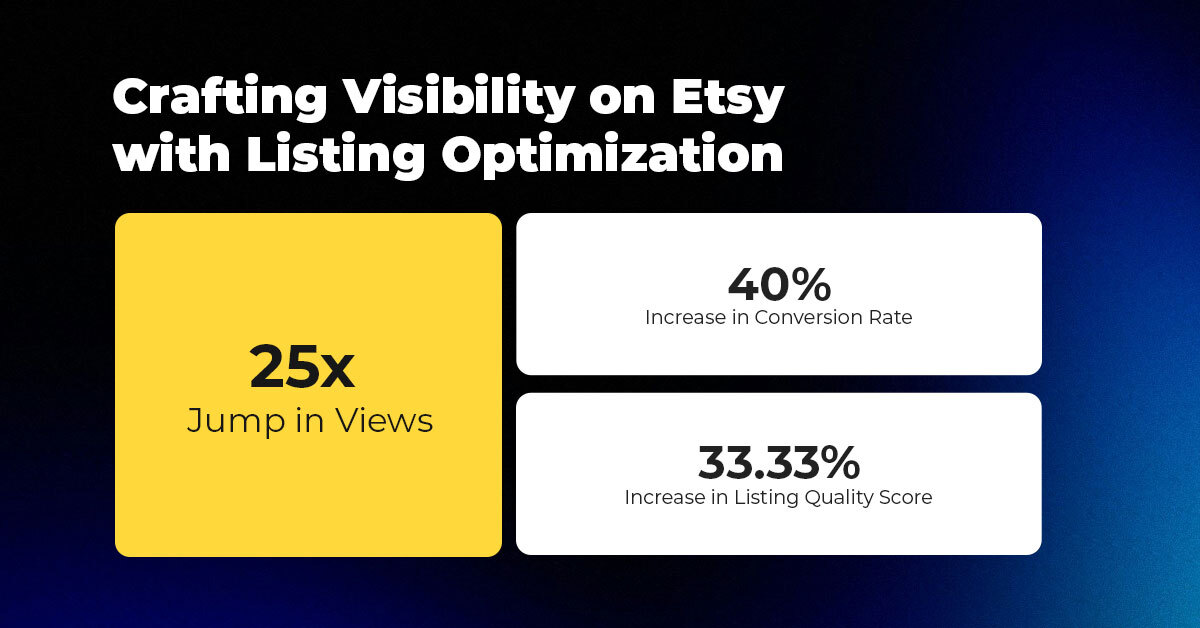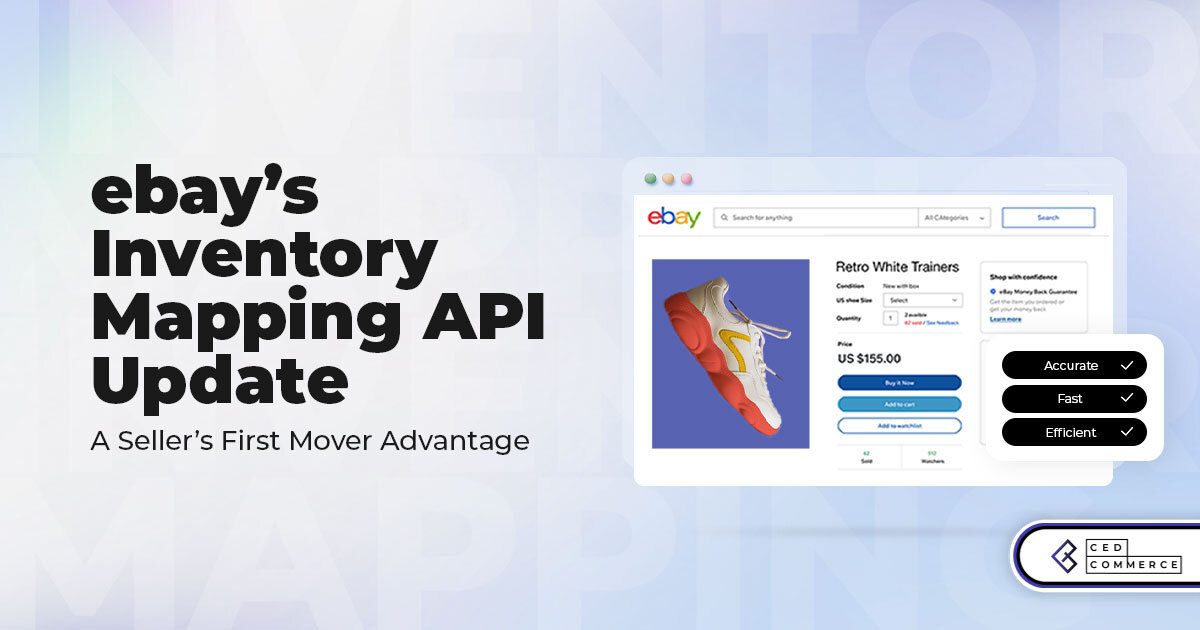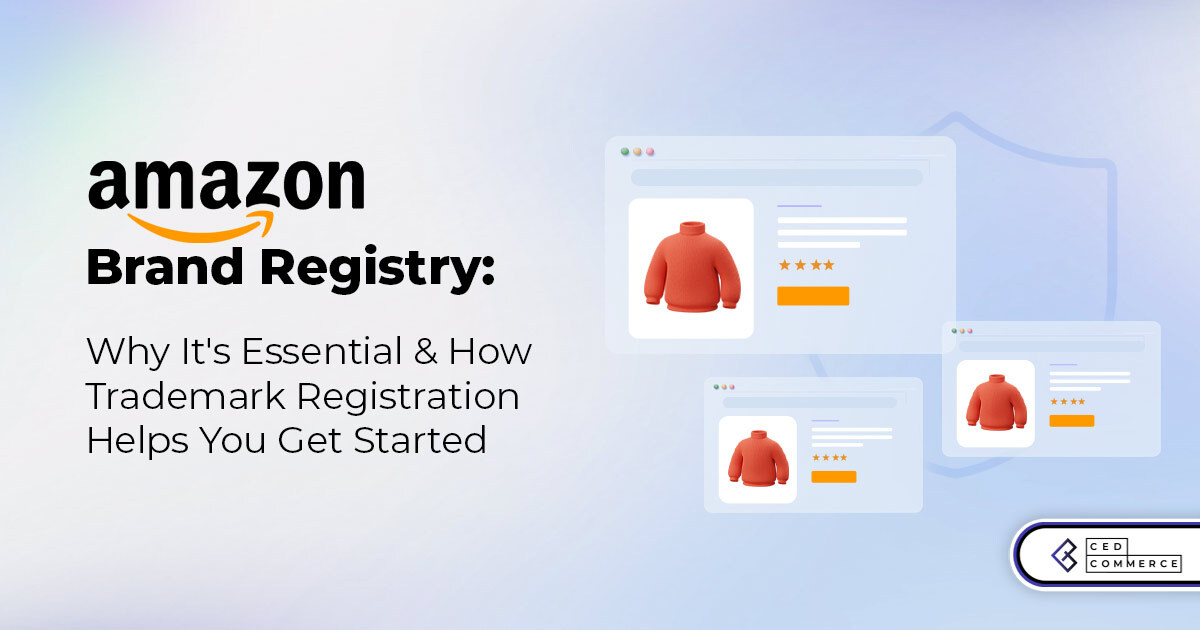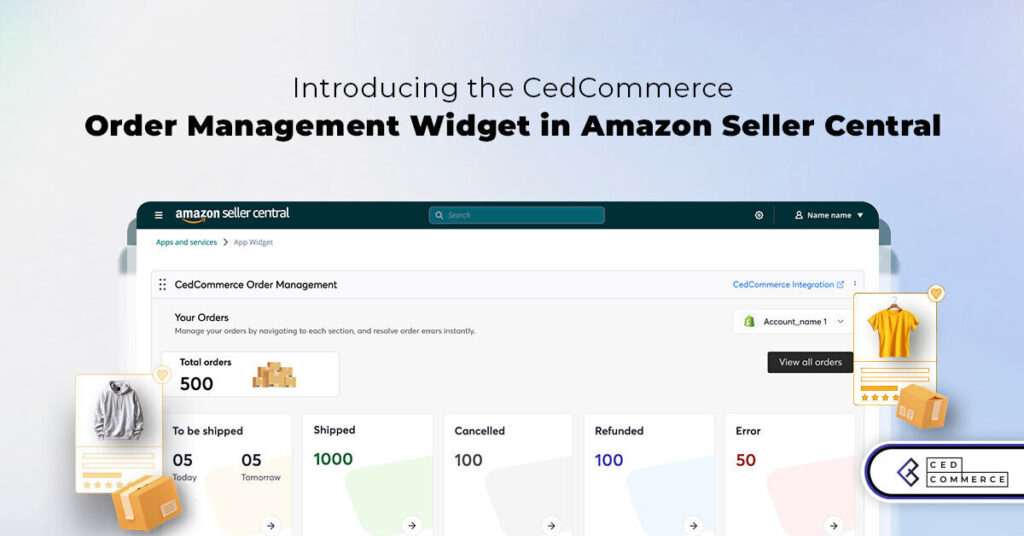TikTok Shop Launches in Japan Following its Expansion Strategy
TikTok officially launched TikTok Shop in Japan on June 30, rolling out its in-app eCommerce experience to
Understanding the necessity behind ordering wigs for dogs with next-day delivery is a tricky deal. But the ability that enables us to do so comes from a rather simple yet interesting story. A story about a man who hated shopping and how he ended up becoming the father of eCommerce. Let’s learn about eCommerce and how it came into existence.
In the late 1970s, Michael Aldrich came up with the idea of teleshopping out of his hatred for shopping at the supermarket. He proposed that a domestic TV set could be used to order products and five years later his invention helped a 72-year-old grandmother with a broken hip shop from the comfort of her home.
Three decades later, electronic shopping, which was a mere concept, has transformed into an evolving landscape. With the constant changes in the dynamics of the shopping experience and the rapidly growing necessities of customers, who would have thought that ordering wigs for dogs would be an effortless task?
In this blog post, we’ll cover the A to Z of eCommerce, rising trends, and the significance of selling across multiple channels.
Table of contents:
While making eCommerce purchases is like second nature to us now, let’s explore what it means and how it came into existence.
eCommerce refers to the application of digital technology in business transactions. It involves data exchange for forging customer relationships and providing value. This utilization of electronic communications and digital information processing technology plays a pivotal role in shaping modern commerce.
In simple terms, eCommerce is the act of buying and selling products and services on the Internet. Therefore, the history of online shopping is also closely knitted to that of the Internet. From the development of CompuServe for facilitating internet facilities to the inclusion of AI in eCommerce, the retail and eCommerce landscape has undergone some major tectonic shifts.
Fun fact: The global revenue of the eCommerce industry is projected to be more than 5.02 billion USD, that’s a lot of money right there! In today’s economy, building an online store on an eCommerce platform is a great way to start your eCommerce business. But where should you start? The first step is to identify the type of business you aim to build. Here’s a breakdown of the types of eCommerce businesses:
eCommerce has globally transformed business dynamics, breaking geographical barriers and enabling market expansion. With a shift in consumer behavior towards online shopping, diverse market opportunities, a plethora of job opportunities, and the scale of small businesses has surged. Post-pandemic what was predicted to be a curveball in eCommerce sales by the economists was, in reality, a home run! The 2023 festive season recorded more than 200 million customers shopping within five days. And the numbers don’t just stop here, as per Insider Intelligence, global eCommerce sales are expected to grow more than $6.33 trillion in 2024. It is evident that with more technological innovations, including AI and blockchain, the growth of the eCommerce industry isn’t coming to a halt anytime soon.
Also read: Learn About eCommerce Post-Holiday Season Sales And Strategies
A study by Gartner revealed how brands that practice multichannel sales emerging trends experience more than a 35% increase in customer satisfaction, 25% cross-channel consistency, and a 20% boost in overall sales revenue. But these statistics are just the tip of the iceberg, as with the constant evolution of the shopping experience, selling across multiple channels is a must strategy for online businesses.
With the rise in popularity of multichannel sales strategy in eCommerce, sellers must manage selling across different channels effectively. Learning about eCommerce integration technology and its uses can help sellers streamline and manage their store functions across different channels easily.
eCommerce integration involves gathering, sharing, and synchronizing data between your company’s eCommerce data management system and various backend channels, including accounting, inventory, sales, ERP, CRM, and marketing.
Also read: Top global eCommerce marketplaces to sell on
As estimated by Statista, the user penetration rate in eCommerce practices is predicted to see an increase of more than 1.7 billion users. With such technological developments and evolving trends for a better shopping experience, eCommerce is undergoing rapid mutation towards growth. It feels surreal to see how within only three decades, eCommerce has become an amalgamation of technology, sustainability, and highly effective customer-driven strategies.
But with so many rising trends like omnichannel, social commerce, etc. in eCommerce. Along with the versatility of shoppers with different demands, how can you strategize and grow your online business? CedCommerce offers top-notch integration solutions and services to help you take control of your store functions. Not just that, CedCommerce experts can also help you take your business strategies to the next level while figuring out the most important question in the eCommerce landscape – What do the shoppers want next?

TikTok officially launched TikTok Shop in Japan on June 30, rolling out its in-app eCommerce experience to

The TikTok Takeover: From Lip Syncs to Checkout Clicks A few years ago, TikTok was

About the Client Shop Name: CrystalHealStore Marketplace: Etsy Focus: Bohemian & Ayurvedic-Inspired Fashion Location: Global

About the Client Shop Name: PinwheelCraftsStore Marketplace: Etsy Focus: DIY Craft Kits for Kids Location:

It just took one Black Friday crash for Gymshark to realize their growth had outpaced

It takes on average 5 to 10 minutes to list a single product on the

With millions of sellers on Amazon, protecting your brand has never been more important. Counterfeit

TikTok isn’t just setting trends anymore — it’s rewriting the playbook for performance marketing, creative

In a significant development for online retailers, Walmart has officially updated its policies to permit

Are you encountering issues with Amazon order management across various sales channels? If so, everyday

A Deep Dive into Selling Smart on TikTok Shop UK, TikTok Shop US, and TikTok

In a world where cross-border commerce fuels eCommerce growth, tariffs are no longer just policy

In the world of eCommerce, visibility is everything—and Walmart Marketplace is no exception. With thousands

In what comes as a major relief for TikTok and its millions of users in

In a move aimed at enhancing product quality and boosting buyer confidence, TikTok Shop has

Selling on Amazon offers immense opportunities, but one of the most crucial decisions sellers face

Amazon is doubling down on AI-driven selling tools, introducing a new AI-generated product enrichment pilot

With over 17.6 million sellers on eBay marketplace, cracking the code behind the top selling

Amazon is doubling down on artificial intelligence, introducing the AI-powered ‘Interests’ feature that automatically finds

U.S. President Donald Trump has hinted that a TikTok deal is on track before the